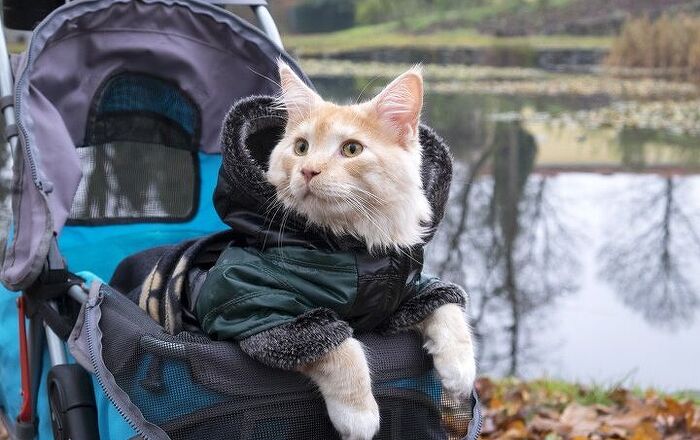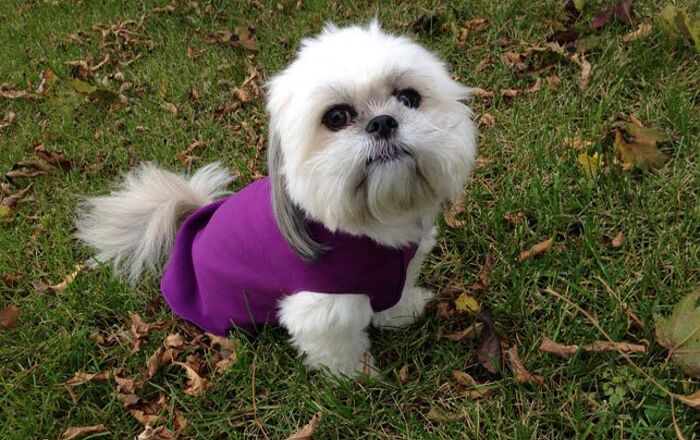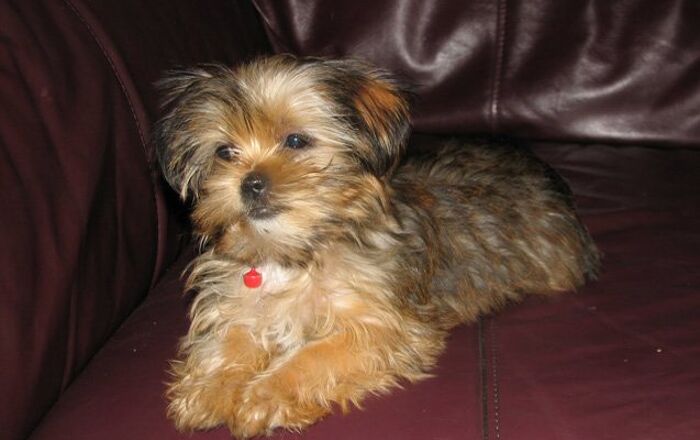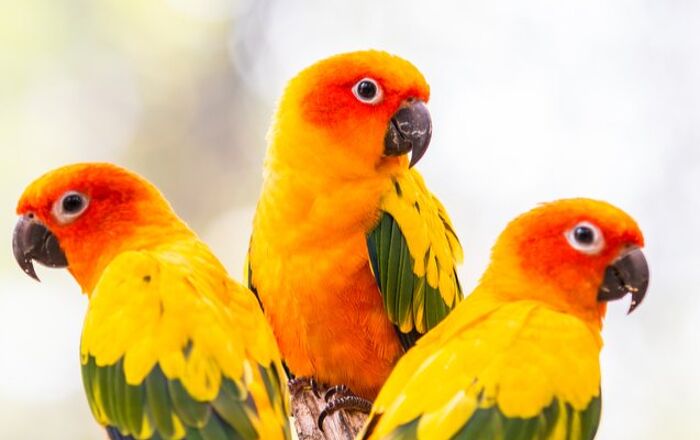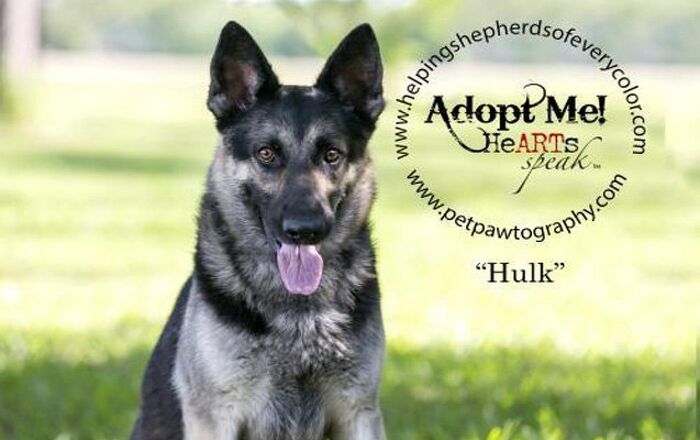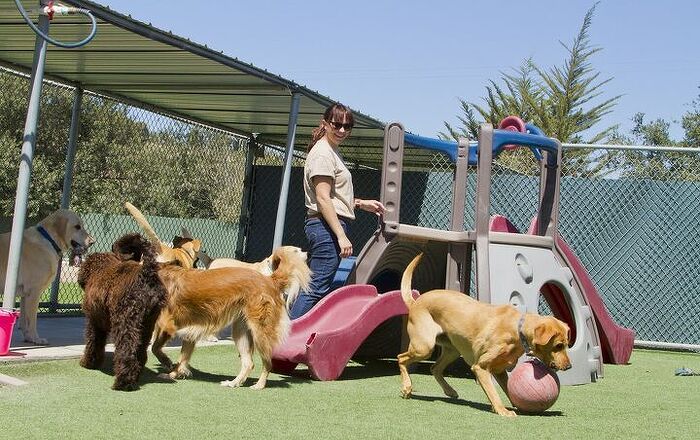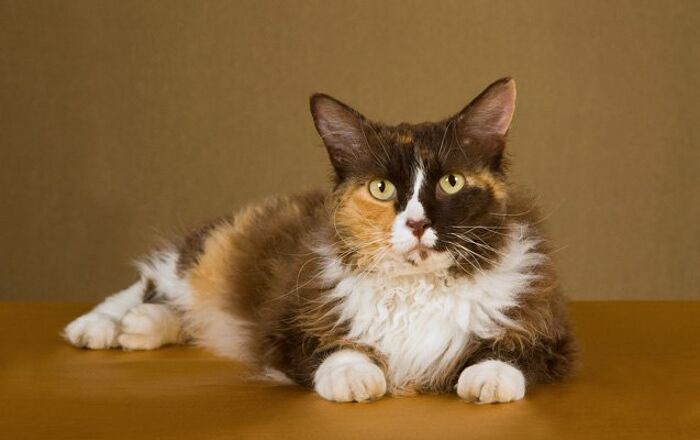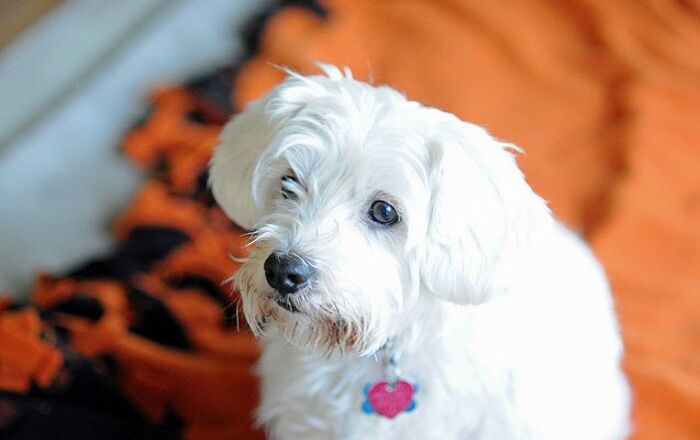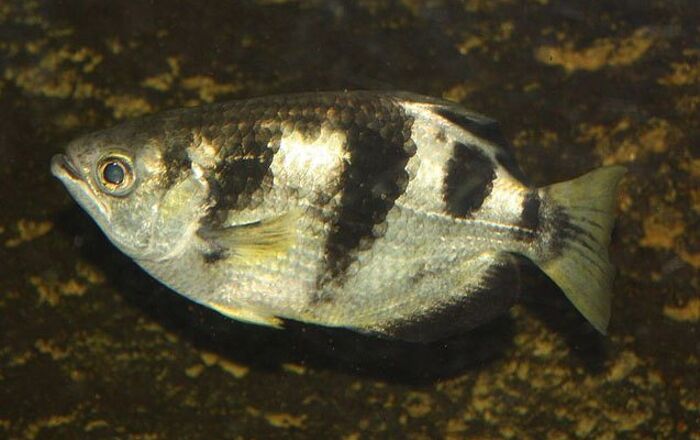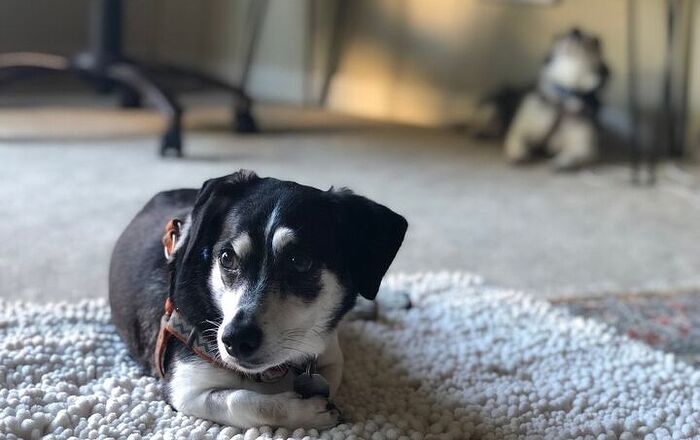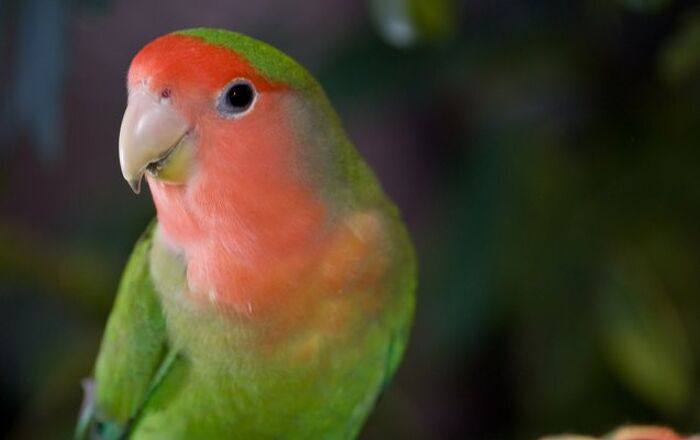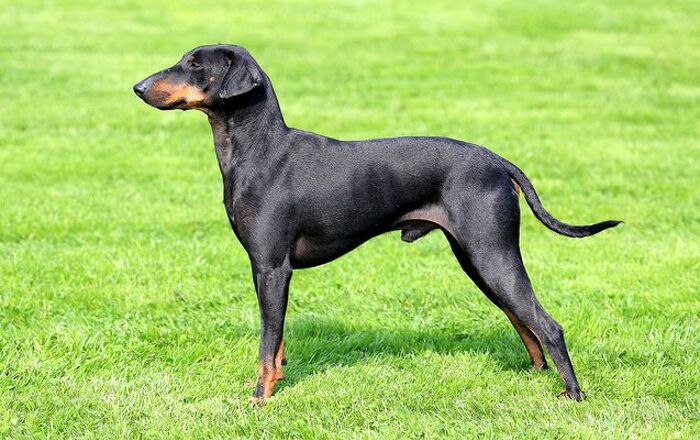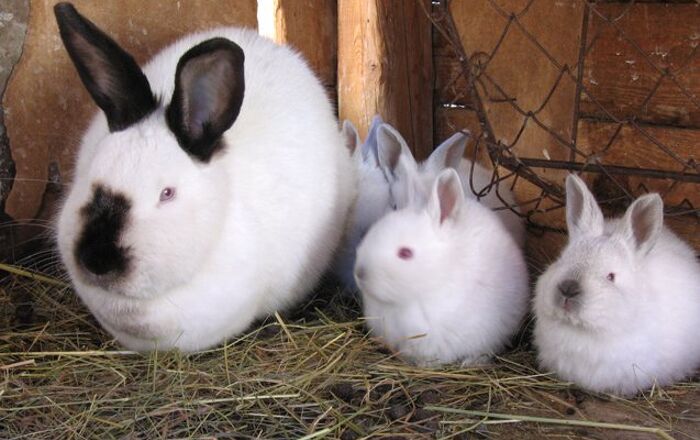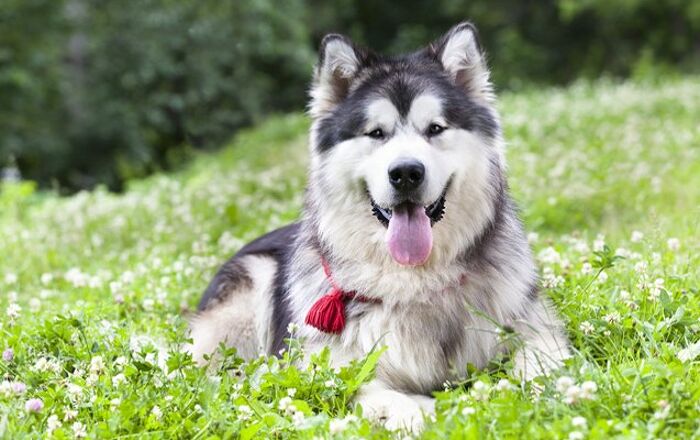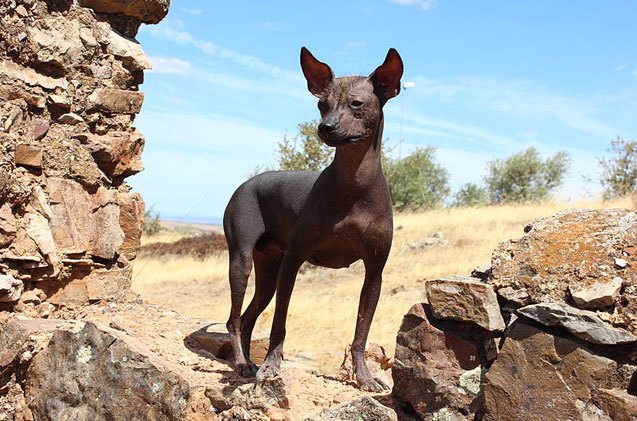
Peruvian Inca Orchid Basics
The Peruvian Inca Orchid, or Peruvian Hairless Dog, is one of the rarest and weirdest looking dog breeds in the world. Dating back to pre-Incan times, the Peruvian Inca Orchid is a dog that is rooted deep in Peruvian culture and is also the country’s national dog.
Peruvian Inca Orchids come in three sizes – small, medium and large. They are characterized – as their name indicates – by their stark, hairless appearance. However, some Peruvian Inca Orchids do occasionally give birth to pups with hair. Most hairless specimens too often have tufts of hair on their tails, feet and head. The hairless varieties are often black, brown or elephant gray in color. Certain specimens also have large, pink freckles that blend into the skin tone as the dog ages. These sight hounds were bred as hunters and messengers and have lithe, powerfully muscled bodies.
Peruvian Inca Orchids are lively, alert and extremely loyal towards their owners. However, they do require owners with a certain degree of experience with dog behavior and psychology. There are only around 1000 specimens registered the world over.
The Peruvian Inca Orchid, or Peruvian Hairless Dog, is one of the rarest and weirdest looking dog breeds in the world.
Origin
Peruvian Inca Orchids were given their names by the Spanish invaders that came across the breed in the homes of Inca nobility. Being such an ancient breed, it is impossible to know how these dogs first made it to Peru, but they have been a part of Peruvian culture for thousands of years. In fact, the breed is depicted in ancient Moche pottery dating back to 750 AD.
First used in pre-Inca times as a hunter and messenger, it is believed that the Incan royalty of old prized these dogs as pets and bed-warmers. Although their body temperatures are no higher than that of any other dog, the Peruvian Inca Orchid’s hairless skin radiates more heat than that of a regular dog and acts almost like a hot water bottle.
Pedigree
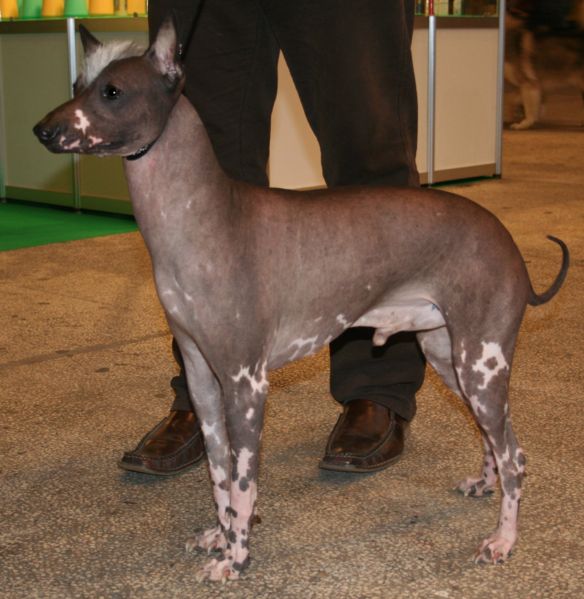
Although it is impossible to determine their exact pedigree, it is believed that the Peruvian Inca Orchid descended from the Mexican hairless dog known as the Xoloitzcuintli introduced to Peru by Ecuadorian sea-traders.
Food/Diet
Peruvian Inca Orchids are a high-energy breed and should be fed on two to three daily meals of high quality dog food.
Peruvian Inca Orchids are extremely intelligent and easy to train.
Training
Peruvian Inca Orchids are extremely intelligent and easy to train. They respond best to positive reinforcement based training techniques. As with most breeds, Peruvian Inca Orchids call for owners with a firm but loving touch.
Weight
The large variety of Inca Orchids can weigh anywhere between 25 to 50 pounds.
Temperament and Behavior
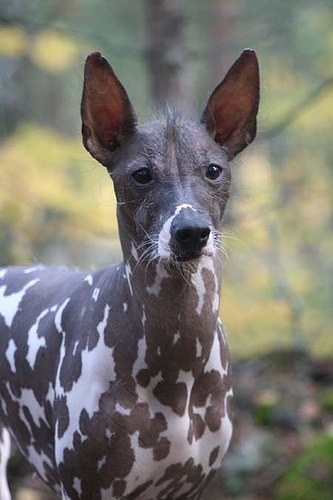
Peruvian Inca Orchids were first bred to be used as hunters and messengers, and it can often feel like these dogs have no ‘off’ switch. However, they are extremely intelligent and loving and understand rules, boundaries and limitations, provided that the owner is consistent with setting these out.
These dogs, while extremely loyal and affectionate towards their families are often suspicious of strangers. However, they are rarely aggressive or overly protective.
Peruvian Inca Orchids get along well with children and make excellent family pets. However, due to their high energy levels they do require a certain degree of supervision when playing with toddlers and youngsters.
Inca Orchids generally get along well with other pets but can sometimes see smaller animals as prey. Therefore it is important that owners correct any unwanted behaviors regarding to chasing smaller animals or pets.
Common Health Problems
Like other hairless breeds, the Peruvian Inca Orchid can sometimes suffer from various dental issues. This is a result of the hairless gene that sometimes causes the dog to have fewer teeth than other breeds. They also sometimes suffer from epilepsy and pancreas inflammations.
Peruvian Inca Orchids, like all hairless dogs, are extremely prone to cuts, bruises and skin irritations. Therefore care should be taken to moisturize the dog’s skin regularly to keep it soft and supple.
Life Expectancy
Peruvian Inca Orchids often live up to 12 years.
Exercise Requirements
Like any hunting breed, Peruvian Inca Orchids require a great deal of rigorous exercise. They can often run at extremely high speeds for long distances. Responsible owners should make sure that their dogs get enough physical activity each day to drain their energy levels. A failure to do so can often result in an unhappy and sometimes destructive dog.
Peruvian Inca Orchids were first bred to be used as hunters and messengers, and it can often feel like these dogs have no ‘off’ switch.
AKC
Peruvian Inca Orchids are included in the American Kennel Club’s Foundation Stock Service.
The club has this to say about the breed: “Agile, smart and swift, the Peruvian Inca Orchid is an elegant sighthound that developed in Peru. The breed can be hairless or coated, and comes in three sizes – small, medium and large. Lively and alert, these dogs can be very good hunters and do well in lure coursing, rally and agility. In the hairless variety, the skin can be of any color. In the coated variety all colors are accepted including black, brown, gray, pink, tan and white.”
Coat
Although these hairless dogs do not require a great deal of grooming, they do require special care when it comes to maintaining a healthy skin. Unlike other dogs that have hair, these dogs are more exposed to the elements and can suffer from extreme climate conditions. Therefore it is important that owners take necessary steps to protect these dogs from extreme cold and extreme heat.
Puppies
As with most hunting breeds, it is important that Peruvian Inca Orchid puppies be gradually socialized with humans and various animals at a very young age.
Photo credit: Paradais Sphynx/Wikimedia; Tuomas Rinta/Wikimedia; Pleple2000/Wikimedia

